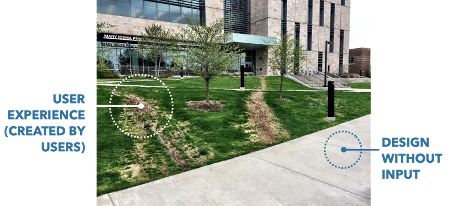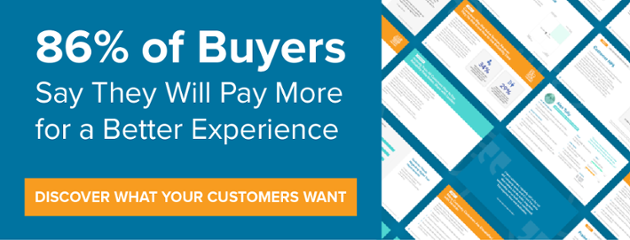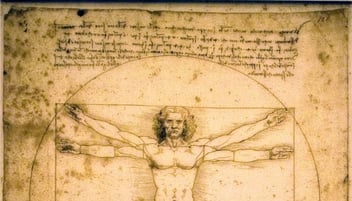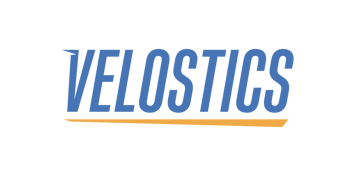Insights
The Value of Industrial Design Thinking & UX
Everything gets designed - clothes, chairs, cars, buildings, pens. Designers have to understand user needs in order to design something, this is a fundamental design philosophy.
Simple enough if you’re creating the next generation refrigerator or this season’s new running shoe. But how does this work when designing tools for work, in industries that traditionally have thrived without these concepts – manufacturing, energy, logistics, construction?
Design Thinking
Design Thinking is a process in which we seek to re-define problems in an attempt to identify solutions that might not be instantly apparent based on what we know.
- This is what our clients want from us. To help uncover that idea that they can’t see. To ensure the big opportunity to deliver immediate value to the field is not missed. To avoid deploying the “new module which includes 25 more mandatory form fields so executives can get a question answered”. Guess what, users don’t conform to that experience in the way that you expect!
User Experience Is the overall experience one has with a product, system, or service. UX is the focus of design thinking philosophies.
- Design thinking is a methodology that delivers good UX.
- UX is a fluffy concept in the industrial space that we play in until you realize the business potential. Put very simply - good UX equals adoption, which equals data into the system that is 1)accurate and 2)real-time. This enables decision making across the business (and all those fun digital words like AI and machine learning).
- As UX declines, so does adoption, and then the Excel spreadsheets come out.
Below is a real-life example where architects, planners, builders, and engineers designed an environment without taking into account user needs and behaviors in that environment (if it’s hot or raining or I’m late, I’m finding the quickest way in).
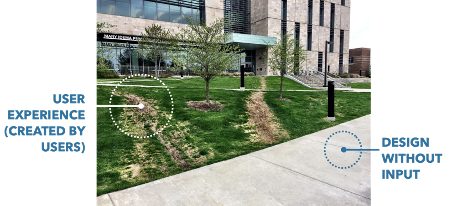
The sidewalk is software designed in the board room. The grass is the user creating their optimal experience accordingly (using their own custom Excel spreadsheets probably).
Design Thinking Workshops
Design thinking and a design thinking workshop are two different things. Most of our clients consider design thinking to be a room full of 30-40 supervisors shouting out the requirements they need for the new system.
In reality, workshops are a structured affair where creativity is embraced and informed with data. They involve not only supervisors and executives, but SME’s and end-users. Design thinking is effective in a workshop setting when:
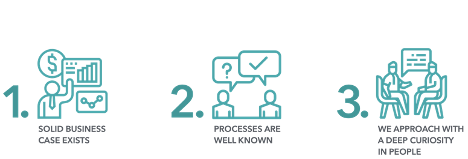
- Solid, clear, concise business case – at a supermajor oil producer, we’re looking to assist with the effective rollout of a new Procure to Pay system. By capturing user needs and documenting existing processes on the front end, the client drastically reduces the amount of configuration of the system when the time comes to roll out to the business unit (and thus reduce the cost and time to deploy). The process improvements get accomplished prior to deployment, and the users feel heard. They accept the optimized process that the off-the-shelf system offers, rather than demanding custom configurations.
- Deep curiosity in the people - personas, their frustrations, their needs, their culture, etc – at a large construction company, we were asked to build a digital tool that would help rid the company of unnecessary inventory. What we found is that the company culture was to ensure timelines were met, no matter the cost to inventory. Sell off excess inventory and you aren’t rewarded. Go without a piece of equipment when it’s needed, and you could be fired. Without a fundamental change to the company culture built around optimizing inventory, and communicating to these potential users on an individual level, the system would never have been adopted.
- Well-documented existing process and tools, including shadow processes and shadow tools – at a major nuclear generation corporation, we were asked to help streamline the security search process leveraging digital technology. Deliveries were taking too long to arrive, and stakeholders wanted the security guards to be able to search for delivery vehicles faster. After mapping the processes, we realized that these guards were disciplined professionals with military backgrounds and were actually extremely efficient. It was the wait time that was out of control. We were able to design a solution that targeted wait time reduction, rather than search time reduction. This solution has now been taken to other nuclear generators as a best practice tool for security.
So what should you do next to roll out these best practices within your organization? Identify your next initiative and reach out to a design thinking vendor. Make sure they employ experts that are trained in behavioral science, psychology, cognitive neuroscience, etc – these roles are essential to gather data with users through interviews and observations. Remember to into the design thinking room with the big 3 identified, or you may just be re-deploying your same application with a new UI.
Written by: Stephen Johnson, Head of Client Partnerships at ChaiOne
About ChaiOne Corporation
ChaiOne is a pioneer in industrial digitalization. Reimagining plant, field, supply chain processes with design thinking led solutions that reduce cost, increase adoption and elevate the customer experience. The complete strategy-to-solution expertise sets ChaiOne apart to help industrial customers achieve exponential outcomes across their logistics, supply chain, field, and plant operations. To learn more, please visit www.chaione.com.
